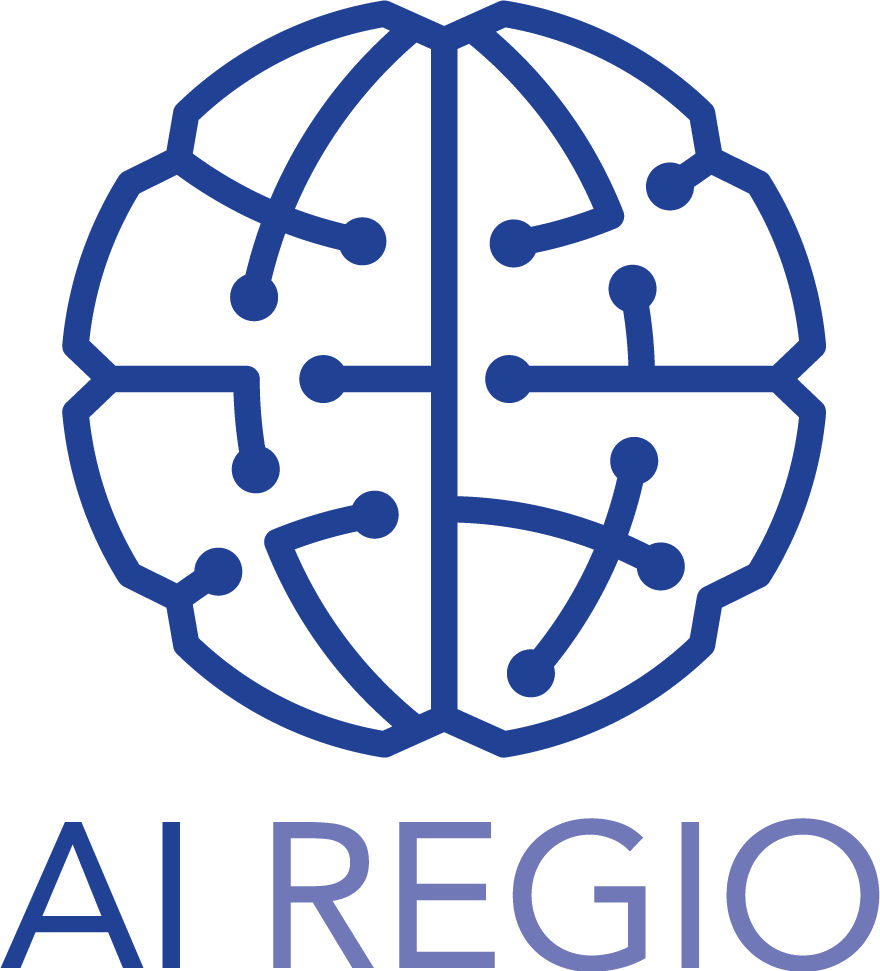Validation
NLP for Maintenance Report Analysis in Machine Tools
The aim of the Experiment is the implementation of an expert system able to support operators during maintenance and technical assistance operations.
The decision support system developed in this experiment aims at facilitating the identification of faults in a machine. Maintenance, repair and troubleshooting normally demand the presence of an expert. However, the growing complexity of machines and the difficulty in finding skilled operators raises serious concerns in this regard.
At present, troubleshooting tools are developed as context specific solutions and are often based on rigid and inefficient logic, hindering their adoption and use.
The tool developed in AI REGIO consists of a probabilistic decision support system. The tool is based on the identification of machine faults starting from the analysis of visible symptoms. To this end, the knowledge concerning the machine/process is organised as an association between each fault and the probability of questions related to specific symptoms being answered positively. Thus, for each fault, the expert knowledge is represented as the likelihood of showing specific symptoms.
To further improve the proposed probabilistic troubleshooting system, AI technologies were incorporated, enabling the desired features:
- Speech-to-text: speech recognition to accommodate the voice-based interface improving the user experience.
- Natural Language Processing (NLP): to extract insights from the acquired text and select the most relevant questions to ask for the troubleshooting process.
- Self-learning: enhance the system performances over time by modifying, based on previous attempts, the initial probability associated with faults as well as the relation among faults and questions.
Thus, the tool uses NLP to select the most appropriate questions based on a user description of the issue provided through a speech-to-text interface. Then, by means of an algorithm to minimize the number of questions necessary and hence, speed up the identification process, the system selects and asks a series of questions regarding the symptoms. Following the operator’s responses, which can be “Yes”, “Don’t Know”, or “No”, the system identifies the most probable fault.
Based on the session results and feedback provided by the operator, the system update its knowledge base to enhance future performance.
